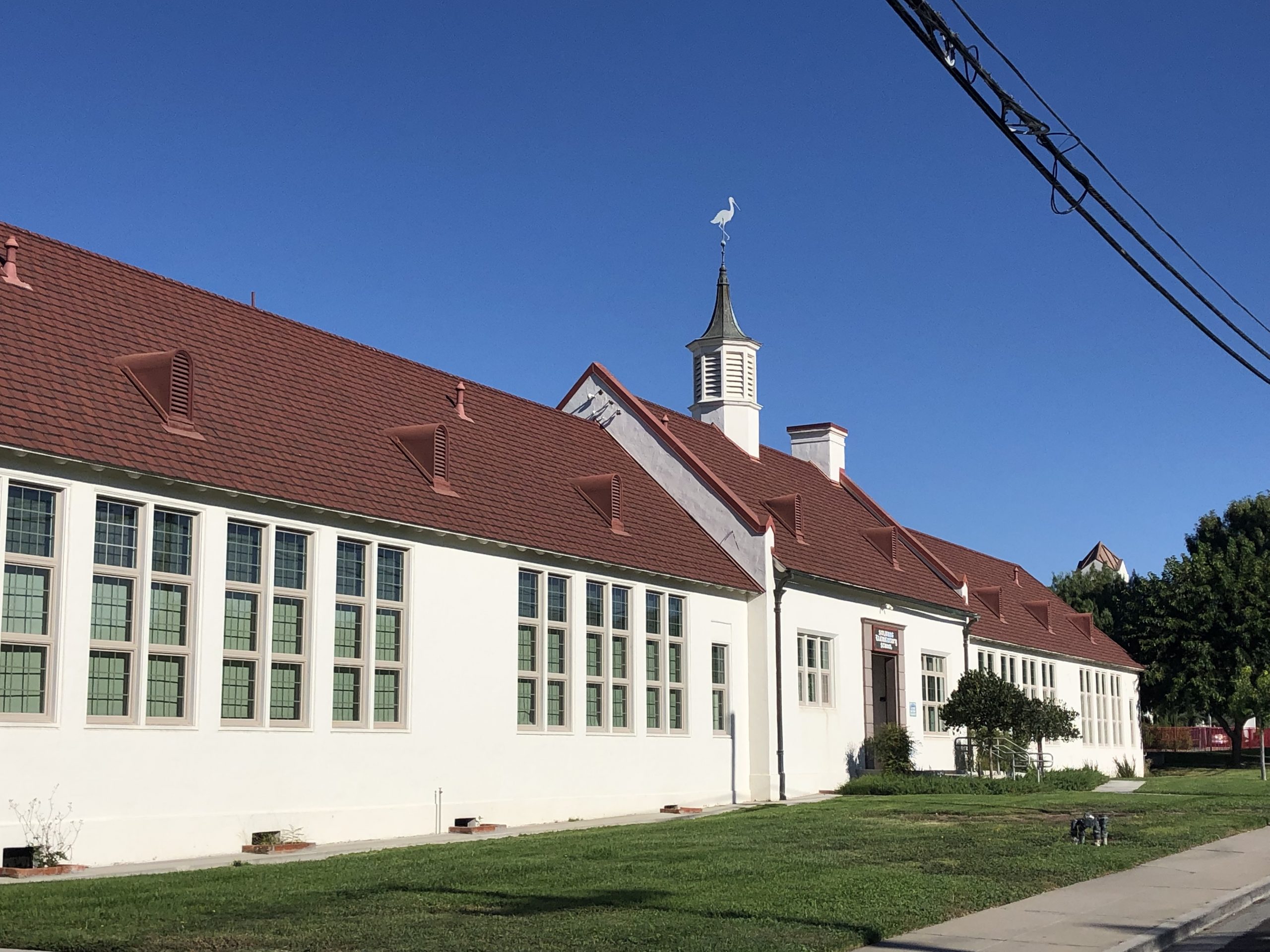Staff Report
A web-based map to help residents after the Thomas Fire and Montecito debris flow has won the top award for innovation from the California State Association of Counties (CSAC).
The organization’s annual Challenge Awards spotlight the most innovative programs developed and implemented by California counties. Yuba County also received a top award.
Santa Barbara County’s Planning and Development Department consolidated site-specific information in a web-based geographical information systems (GIS) map to help in the rebuilding process after the disastrous fire and mudslides.
The GIS map enables property owners to see the same information that staff members can see without the need for staff to print out or assemble physical case files. It is considered a critical rebuilding tool for architects, agents, property owners and county departments.
The web-based GIS map and parcel information replaces paper case files, reduces staff time, and could be saving the department $105,000-$110,000, a spokesman said.
The layers on the map can switch on and off to see such things as zoning designations, 100-year flood hazard areas, and pre- and post-disaster aerial imagery. The map contains project-specific information that previously was not available in one location.
“I appreciate CSAC recognizing our staff’s hard work, dedication and perseverance to innovate in the wake of an unprecedented disaster,” said Supervisor Das Williams.
“The interactive GIS mapping technology they developed to assist constituents in evacuating, evaluating damage, and moving forward in rebuilding has proven to be an invaluable tool in the days and months since the Jan. 9 debris flow. I’m so grateful for county staff’s leadership on this.”
The debris flow resulted in 23 deaths, 477 destroyed or damaged properties, and drastically different topography.
CSAC also awarded a Merit Award to Santa Barbara and San Luis Obispo counties for their program Co-creating Youth Advocacy for Healthy Communities, which integrated nutrition and health education for low-income communities.
More than 70 youth leaders from the 4-H programs in the two counties provided this training to 4,100 elementary school-age children at five schools.
“Thanks to CSAC for recognizing the innovation and creativity of our employees to meet the needs of residents,” said Mona Miyasato, county executive officer.
“It is particularly satisfying that our awards highlight the efforts of our departments to work together and, in the case of the Merit Award, for neighboring counties to work together to improve the quality of life for our residents,” she said.
This year, CSAC received 267 entries. An independent panel of judges with expertise in county programs selected the award recipients.





